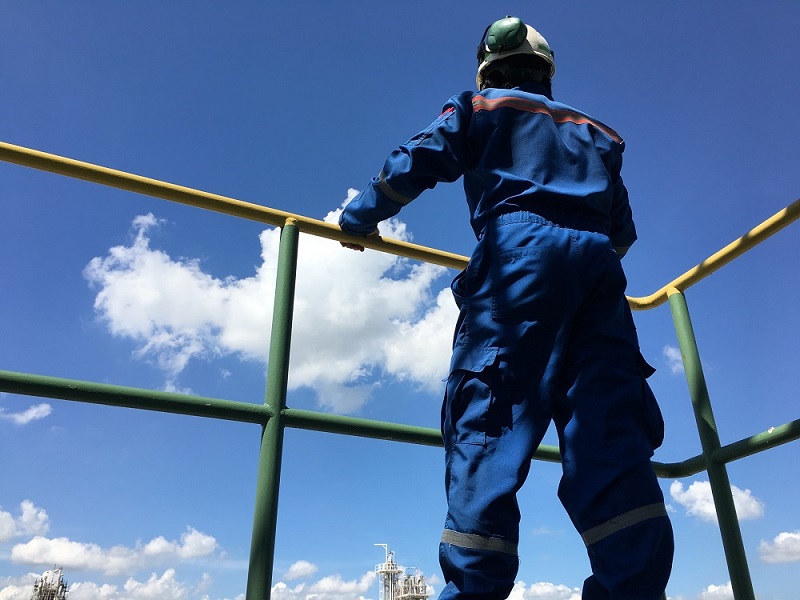Workers in a construction area are constantly prone to get injured owing to being subject to dangerous situations all the time. Falling from height is one such major concern at worksites, which can occur either due to slipping or by tripping over the cluttered or uneven ground. There are various threshold points dedicated at a specific height for such construction areas, which require the need for effective fall protection for the workers. While general industries have this threshold at about a mere 4 feet above the ground, bigger construction areas need to install this protection at about 6-10 feet from the ground. If you are looking for such protection system for a construction area, it is important to know about the various options available before going out to buy one.
Types of Safety Handrail System
The common safety handrail systems suitable for construction areas include the following:
1. Temporary Guardrails
Depending on the type and nature of construction, there are different types of temporary railing systems available. Thus, concrete construction area can benefit from C-slab gabbers, while rooftop construction will find parapet clamps optimal.
2. Horizontal Under-eave Guard System (HUGS) Guardrail
This is a passive and truss mounted rooftop system that contains wood or metal trusses for enabling effective fall protection. This uninterrupted fall protection system is optimal for roofing procedure or sheathing process, as well as a complete re-roof requirement. Moreover, it is a low cost, easy to install and remove, and re-usable system, making it a highly preferred option
3. Portable Railing
Portable safety railing systems is another useful variant for the construction industry. This mobile railing is a great substitute for lifelines and tie-off anchors. They are further divided into two types- mobile temporary guardrail and non-penetrating roof railing. The temporary railing is mobile and not designed to be placed permanently at a place. It is designed with modular sections and weights that can be easily assembled, dissembled, and moved from one place to another. It is also lighter than the permanent counterparts are.
The non-penetrating railing, although not temporary, is not attached to the structure and can be moved. Here, instead of fasteners, weights are used to hold the system in its place firmly.
Things to Consider While Buying a Handrail System
After deciding upon the type and variant of handrail system to choose, one should look for certain facets before buying the equipment.
1. Specific Requirements
Since every handrail is designed for a specific purpose, one needs to consider the requirements and nature of construction work of their project and the types of options available. Passive fall protection system would be good to prevent the hazard of fall, while restraint system includes body belts and harnesses to prevent the workers from reaching the area, which could lead to a fall. Also, consider factors such as comfort and ease of use while choosing a type of system.
2. Local Standards
It is vital to ensure that the handrail system that you have chosen meets the standards and regulations set by the local administrating and safety agency of your area. While these protective systems are designed for professionals and industrial use, their compliance with law and regulations would ensure that they are safe to use at the site.
3. Reputable Supplier
Lastly, it is vital that you approach a reputed and experienced vendor for the handrail system. Such a professional supplier would provide you only industrial grade options amongst an extensive catalog along with good customer service. The professionals of such a company would be able to guide you through the process of choosing an optimal safety handrail system for your project.

